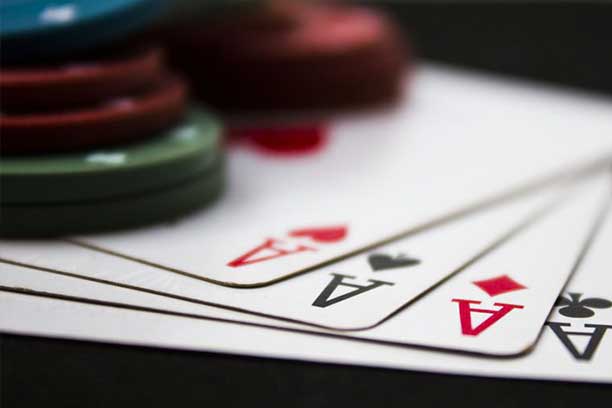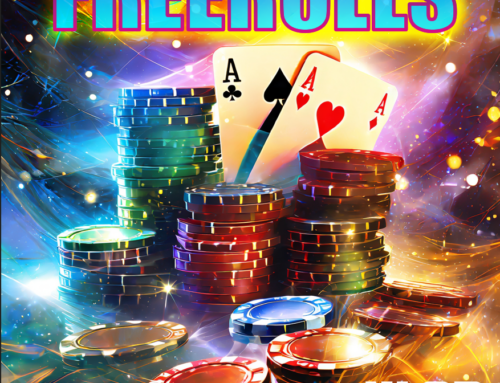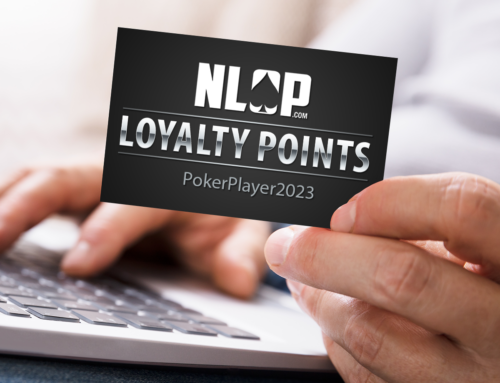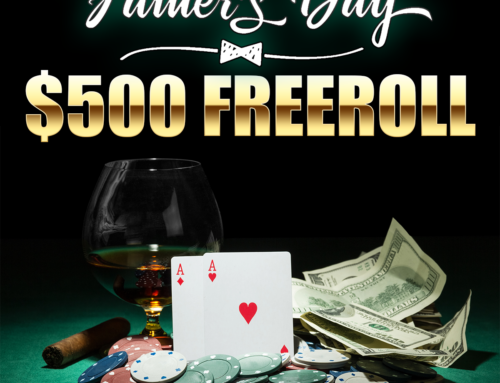“POKER, TO THE untrained eye, is easy. Just like everyone who meets me seems to have “a book in them,” which they’ll write just as soon as they get a chance, so everyone who meets my coach, Erik Seidel—one of the most legendary poker players in the world—thinks they are just a hop away from becoming a poker pro or, at the very least, a badass poker bro. Most of us underestimate the skill involved. It just seems so simple: get good cards and rake in the dough. Or bluff everyone blind and rake in the dough once more. Either way, you’re raking it in.
And poker does have an element of chance, to be sure—but what doesn’t? Are poker professionals “gamblers” any more than the man signing away his life on a professional football contract, who may or may not be injured the next week, or find himself summarily dropped from the team in a year because he failed to live up to his promise? We judge the poker player for gambling; we respect the stockbroker for doing the same thing with far less information. In some ways, poker players gamble less than most. After all, even if they lose an arm, they can still play.
But the misperception is ingrained in the popular mind for one simple reason. Unlike, say, Go or chess, poker involves betting. And betting involves money. And as soon as that enters the picture, you might as well be playing craps or baccarat—games that truly are gambling. And so I tell my grandmother the words that I’ve come to repeat so often they are like my own private mantra: In poker, you can win with the worst hand and you can lose with the best hand. In every other game in a casino—and in games of perfect information like chess and Go—you simply must have the best of it to win. No other way is possible. And that, in a nutshell, is why poker is a skilled endeavor rather than a gambling one.
Imagine two players at a table. The cards are dealt. Each player must look at her cards and decide whether or not the cards on their own are good enough to bet. If she wishes to play, she must at minimum “call” the big blind—that is, place as much into the pot as the highest bet that already exists. She may also choose to fold (throw out her cards and sit this hand out) or raise (bet more than the big blind). But who knows what factors she’s using to make her decision? Maybe she has a premium hand. Maybe she has a mediocre hand but thinks she can outplay her opponent and so chooses to engage anyway. Maybe she has observed that the other player views her as conservative because she doesn’t play many hands, and she’s taking advantage of that image by opening up with worse cards than normal. Or maybe she’s just bored out of her mind. Her reasoning, like her cards, is known only to her.
The other player observes the action and reacts accordingly: If she bets big, she may have a great hand—or be bluffing with a bad one. If she simply calls, is it because her hand is mediocre or because she’s a generally passive player or because she wants to do what’s known as “slow playing”—masking an excellent hand by playing it in a restrained fashion, as Johnny Chan did in that 1988 World Series Of Poker matchup with Erik Seidel? Each decision throws off signals, and the good player must learn to read them. It’s a constant back-and-forth interpretive dance: How do I react to you? How do you react to me? More often than not, it’s not the best hand that wins. It’s the best player. This nuance, this back-and-forth, this is why von Neumann saw the answer to military strategy in the cards. Not because everyone is a gambler, but because to be a winning player, you have to have superior skill, in a very human sense.
Indeed, when the economist Ingo Fiedler analyzed hundreds of thousands of hands played on several online poker sites over a six-month period, he found that the actual best hand won, on average, only 12 percent of the time, and less than a third of hands went to showdown (meaning that players were skillful enough to persuade others to let go of their cards prior to the end of the hand). In mid-stakes games, with blinds of 1/ 2 and 5/10—that is, where the blind bets two players are forced to pay each round to start the action are $1 and $2, or $5 and $10, respectively—there were some players who were consistent winners, and as stakes went to nosebleed, 50/100 and up, the variability in skill went down significantly. That is, the higher the amount of money for which people played, the greater their actual skill edge. When Chicago economists Steven Levitt and Thomas Miles looked at live play and compared the ROI, or return on investment, for two groups of players at the 2010 WSOP, they found that recreational players lost, on average, over 15 percent of their buy-ins (roughly $400), while professionals won over 30 percent (roughly $1,200). They write, “The observed differences in ROIs are highly statistically significant and far larger in magnitude than those observed in financial markets where fees charged by the money managers viewed as being most talented can run as high as 3 percent of assets under management and 30 percent of annual returns.” Success in poker, in other words, implies far more skill than does success in that far more respectable profession, investing.”
Except pulled from Wired
Adapted from THE BIGGEST BLUFF: How I Learned to Pay Attention, Master Myself, and Win by Maria Konnikova. Copyright © 2020 by Maria Konnikova. Published by arrangement with Penguin Press, an imprint of Penguin Publishing Group, a division of Penguin Random House LLC.
Test your poker skills here







